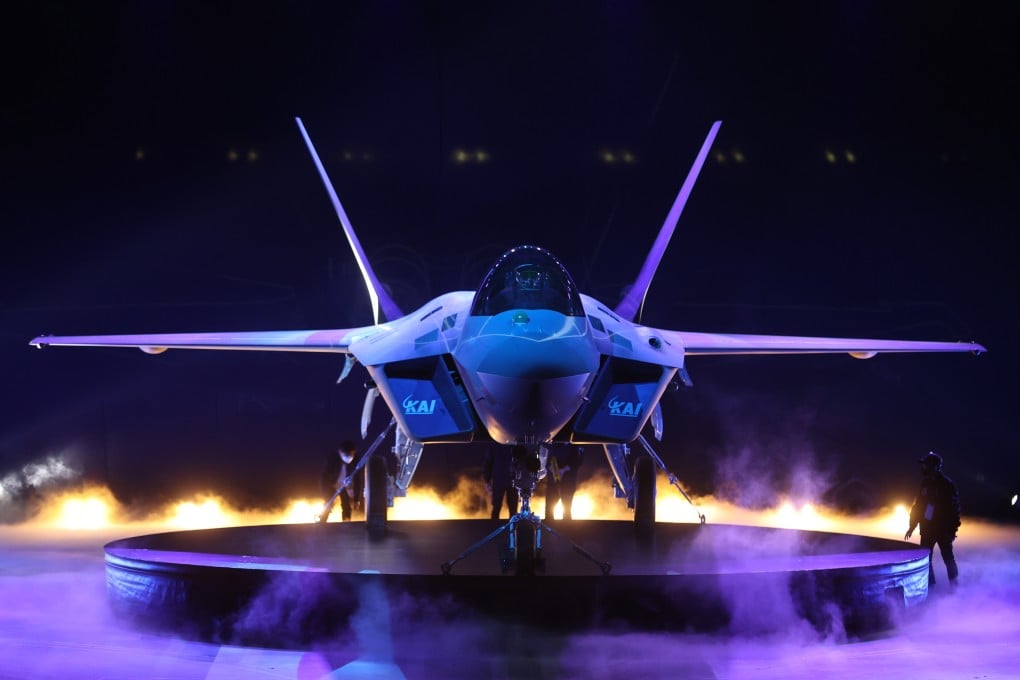South Korea is zooming ahead with the mass production of its KF-21 fighter jet, and China won’t be happy
- Seoul has announced it will produce up to 40 units of its latest 4.5-generation fighter jet, the KF-21 Boramae
- It is set to rival China’s FC-31, proving a threat to Beijing’s arms export trade as well as its regional air dominance, experts say

The news is likely to cause unease for China because of the jet’s advanced capacity, the potential to enhance the air capabilities of China’s regional competitors as well as its position as a rival to China in the arms export trade, they said.
The South Korean arms procurement agency stressed that securing fighter aircraft that met “the future battlefield operation concept” was essential following the retirement of older operational fighter jets.
“Through this project, it is expected to contribute to strengthening the air force’s base power by preventing a power vacuum caused by ageing, long-term operational fighters and securing Korean aircraft capable of performing cooperative operations with cutting-edge fighters,” DAPA said in a statement last week.